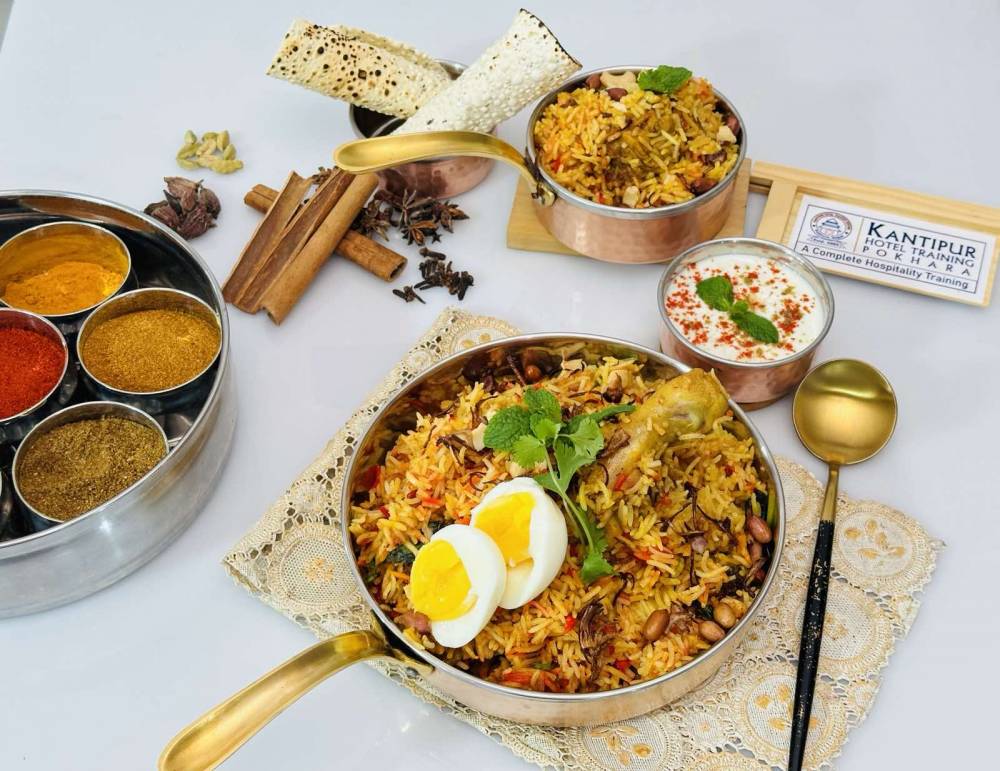Biryani is a classic dish that has its roots in the Indian subcontinent, particularly in the Mughal Empire. Its history is as rich and diverse as its flavors.
Origins: The origins of biryani can be traced back to Persia (modern-day Iran), where a similar dish called "pilaf" or "pulao" was popular. It was brought to the Indian subcontinent by Persian merchants and traders.
Mughal Influence: Biryani gained popularity during the Mughal era in India (16th to 19th centuries). The Mughal emperors were known for their lavish lifestyle and exquisite cuisine, and they greatly contributed to the development of biryani as we know it today. The dish was particularly favored among the royalty and nobility.
Regional Variations: Over time, biryani evolved differently in various regions of the Indian subcontinent, each adding its unique ingredients and cooking techniques.
For example:
Hyderabadi Biryani: Influenced by the Nizams of Hyderabad, it is characterized by its fragrant basmati rice, tender meat (usually goat or chicken), and a blend of spices.
Lucknowi Biryani: Originating from the city of Lucknow in Uttar Pradesh, it is known for its delicate flavors and the use of saffron.
Kolkata Biryani: Developed by the Awadhi chefs who migrated to Kolkata, it typically includes potatoes and hard-boiled eggs along with the meat.
Malabar Biryani: Popular in the Malabar region of Kerala, it often features fish or prawns as the main ingredient.
Sindhi Biryani: Hailing from the Sindh region (now part of Pakistan), it is distinguished by its use of yogurt and potatoes.
Cultural Significance: Biryani has become an integral part of the culinary heritage of India, Pakistan, Bangladesh, and other neighboring countries. It is often served at special occasions such as weddings, festivals, and family gatherings, symbolizing hospitality and celebration.
Global Spread: With the diaspora from the Indian subcontinent, biryani has gained popularity worldwide. It can be found in restaurants and homes across the globe, with chefs and home cooks adding their own twists and adaptations to the traditional recipe.
Overall, biryani journey from the royal kitchens of the Mughal Empire to the dining tables of people around the world is a testament to its enduring appeal and the cultural exchange that has shaped its evolution.






















